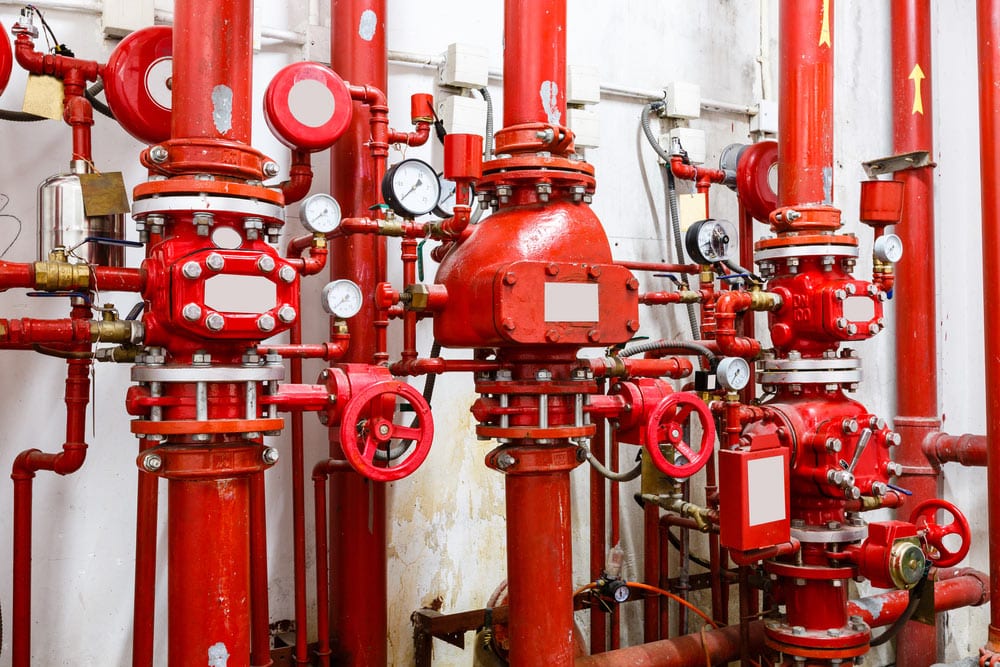If your facility has a fire sprinkler system, you should be aware that its various components require regular maintenance and testing. And of all the tests required, the main drain test is arguably the most important. Below, we’ll discuss more about what a main drain test is, when it’s needed, and how it’s performed — giving you all the information you need to ensure your fire protection system is working properly in the case of an emergency.
What Is a Main Drain Test?
Located at your fire sprinkler system’s riser, the main drain is the point of discharge for all water that flows through system pipes to combat a fire in your facility. That said, the main purpose of a main drain test is to measure your fire sprinkler system’s water pressure. It’s also critical for identifying any obstructions that could damage your system or reduce flow in the case of an emergency.
When Do I Need to Perform Main Drain Test?
According to NFPA 25-2011, you must test the main drain of an automatic sprinkler system annually, at the very least. Additional testing is required any time the water supply valve is closed, which includes any time the system undergoes maintenance or repair. In most cases, annual testing is simply the minimum requirement, and facilities often complete a test a few times per year.
It’s important to note that, if possible, you should try to be mindful of what time of year you schedule your test. Often, water drained during testing is piped outside, so if outdoor temperatures are below freezing, it could cause a slip and fall risk for anyone near your building.
How to Perform a Main Drain Test
While it’s possible to perform a main drain test by yourself, it’s recommended that you hire a certified professional. This ensures that the test is performed correctly and your facility is adequately prepared to combat a fire.
If you wish to perform the main drain test yourself, be sure to adhere to the following 10 steps:
- If your fire sprinkler system is connected to a central alarm, notify your local fire department of your upcoming main drain test.
- Locate the original and previous year’s main drain test data.
- Close the alarm control valves to prevent signaling a water flow alarm.
- Record the static pressure indicated on the supply gauge.
- Slowly open the main drain valve to the fully open position.
- Allow water to flow out until it becomes clear and stabilized (consistent stream with no change in size or pressure).
- Record the residual pressure (pressure remaining in the system during full flow) indicated on the supply gauge.
- Slowly close the main drain valve, and note the time.
- Record the time it takes for the supply water pressure to return to the original static pressure.
- Open the alarm control valve to return the fire sprinkler system back to service.
How to Understand Your Main Drain Test Results
Of course, once the test is complete, you’ll also need to know how to make sense of the numbers you recorded. Below is a list of conditions that indicate possible obstructions to your system’s water supply and require further investigation:
- Failure of the static pressure to return to the original level within a short period of time (~ 1 minute)
- Large drop in the residual pressure as compared to your previous year’s test (> a 10% difference)
- Extended time required (> 1 minute) for the discharge stream to clear and stabilize during the test
- Decrease in static pressure before or after the test is complete
Schedule Your Main Drain Test with Vanguard Fire & Security Systems
If it’s time to complete regular main drain testing at your facility, the experts at Vanguard Fire & Security Systems are here to help. Contact our team today to schedule your next testing and inspection appointment.


